Scilla siberica
A sky blue European flower occasionally naturalized in the woods
Scilla siberica Siberian squill
This perennial species is also called the wood squill. It is native to southwestern Russia, the Caucasus and Turkey, but oddly enough not to Siberia. It is a monocot that grows from bulbs and is a member of the asparagus family. It is a very early blooming species, sometimes emerging through the last melting snow of the winter.
The Siberian squill was brought to America as a garden ornamental, but easily naturalizes by seed. It can also form extensive colonies by bulb offset. In parts of the Midwest it is considered an invasive species. Gardeners in Minnesota are advised not to plant this species.
The plant produces 2-4 basal linear leaves. The naked flower stalk usually produce one flower, but sometimes a cluster of 2 or 3. These flowers appear to have six blue petals, but 3 of these are actually sepals. The term for petals and sepals that look alike is "tepals". Each tepal has a darker blue strip down the center. Sometimes the flower fully opens, but is usually nodding and cup-shaped. The flowers have a strong pleasant fragrance. The pollen is dark blue. The stamens are separate in this species. The related genera Puschkina and Chionodoka (glory of the snow) have anthers fused into a tube. The undivided pistil of the siberian squill is green.
The fruit is a pod that becomes purple as it matures. It contains small brown seeds. After the pod is mature the leaves wilt and the plant goes dormant until the following spring. The plant does well in full sunlight or partial shade. It emerges early enough to be woodland ephemeral.
The Siberian squill grows 4-8 inches tall and about 2 inches wide. There is also a white variety. It is tolerant of deer and rodents and is quite hardy and resistant to cold. It is possible to grow the plant in a lawn, as it will often mature and die back before the first mowing is needed. The siberian squill is often mistaken for wild hyacinths (Camassia sp.). The hyacinth produces multiple flowers per stalk rather than one and their flowers seldom nod downwards. The tepals of hyacinth also are 3-veined rather than one-veined like the squill.
Habitat & Range
Occasionally naturalized in lawns, floodplains, and woods.
Mostly found in the south of the state, but present elsewhere.
Wetland code: Not classified
Phenology
Flowers March to April.
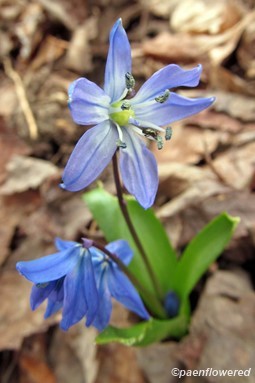
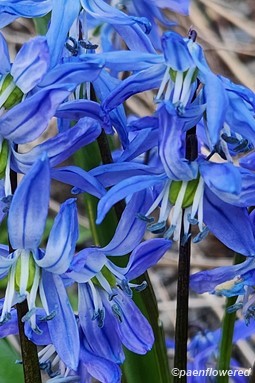
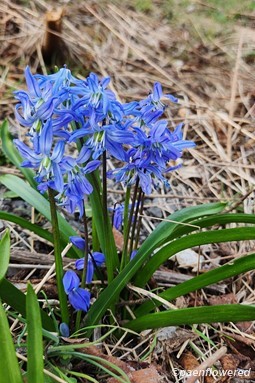
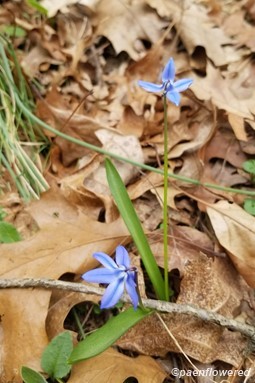

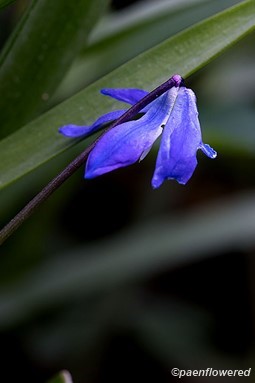
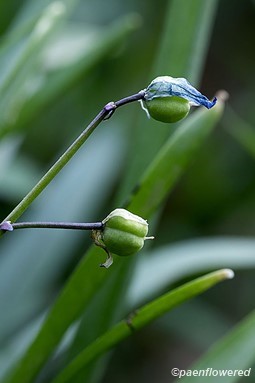

Comments
Have you spotted this plant in your area? We'd love to hear about your experience! Share your comments or questions about the plant below. Comments are moderated before posting.